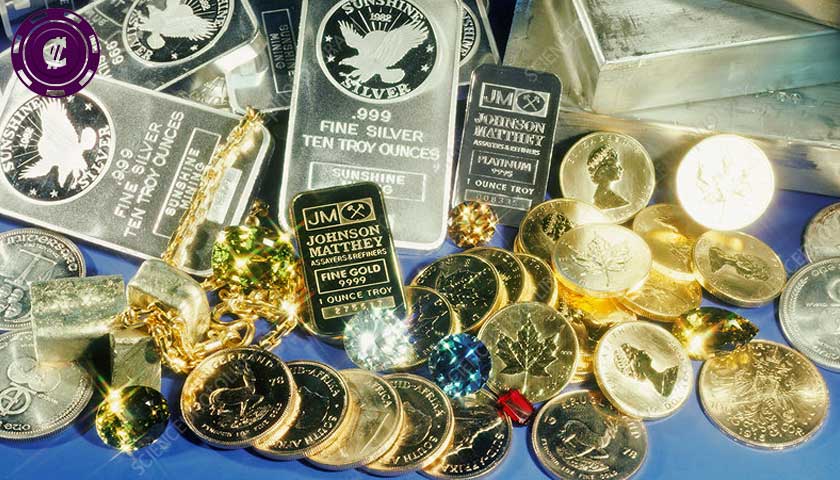Exploring the World of Precious Stones and Metals: A Comprehensive Guide
The allure of precious stones and metals has captivated human imagination for centuries. Not only are they coveted for their beauty and rarity, but they also hold significant cultural and economic value. This comprehensive guide delves into the fascinating world of precious stones and metals, exploring their unique properties, historical significance, and modern applications.
Understanding Precious Stones
1. The Beauty and Rarity of Gemstones:
- Precious stones, or gemstones, are minerals that are prized for their rarity and aesthetic appeal. They are typically used in jewelry and ornaments.
- Key examples include diamonds, rubies, sapphires, and emeralds.
2. Formation and Characteristics:
- Gemstones are formed under unique conditions of pressure and temperature within the Earth’s crust.
- Their value is determined by factors such as color, clarity, cut, and carat weight.
3. Historical Significance:
- Throughout history, gemstones have been symbolic of power, wealth, and status. They have been featured in royal crowns, religious artifacts, and as talismans.
The Role of Precious Metals
1. Defining Precious Metals:
- Precious metals are naturally occurring metallic elements that are rare and have high economic value.
- Gold, silver, platinum, and palladium are some of the most well-known precious metals.
2. Properties and Uses:
- These metals are renowned for their luster, malleability, and resistance to corrosion.
- Beyond jewelry, they are used in industries such as electronics, dentistry, and medicine.
3. Economic and Cultural Impact:
- Precious metals have been used as currency and investment assets throughout history.
- Culturally, they hold significance in various traditions and ceremonies across the world.
The Craft of Jewelry Making
1. The Art of Combining Stones and Metals:
- Jewelry making is an ancient art form that involves crafting precious stones and metals into wearable pieces.
- The process includes design, stone cutting and setting, and metal forging and shaping.
2. Iconic Jewelry Pieces:
- History is replete with examples of iconic jewelry, from the Hope Diamond to the Crown Jewels of the United Kingdom.
- Contemporary designers continue to push the boundaries of creativity in jewelry design.
Modern Applications and Innovations
1. Technological Advancements:
- Advancements in technology have revolutionized the extraction, cutting, and setting of gemstones and metals.
- Lab-grown gemstones and recycled metals are gaining popularity as sustainable alternatives.
2. Investment and Collectibles:
- Precious stones and metals are not just for adornment; they are also considered valuable investments.
- Collecting rare and unique pieces has become a hobby for many enthusiasts.
Ethical Considerations and Future Trends
1. Ethical Sourcing and Sustainability:
- The mining and sourcing of precious stones and metals raise concerns about environmental impact and ethical practices.
- Efforts are being made towards ethical sourcing, fair labor practices, and minimizing environmental degradation.
2. The Future of Precious Stones and Metals:
- The industry is evolving with a focus on sustainability, ethical practices, and innovative designs.
- The growing interest in unique, non-traditional stones and eco-friendly materials is shaping future trends.
The realm of precious stones and metals is a testament to nature’s beauty and human craftsmanship. From the depths of the earth to the pinnacle of artistic expression, they continue to fascinate and inspire. As we move forward, balancing the allure of these materials with a commitment to ethical and sustainable practices will be crucial in preserving their legacy for future generations.

